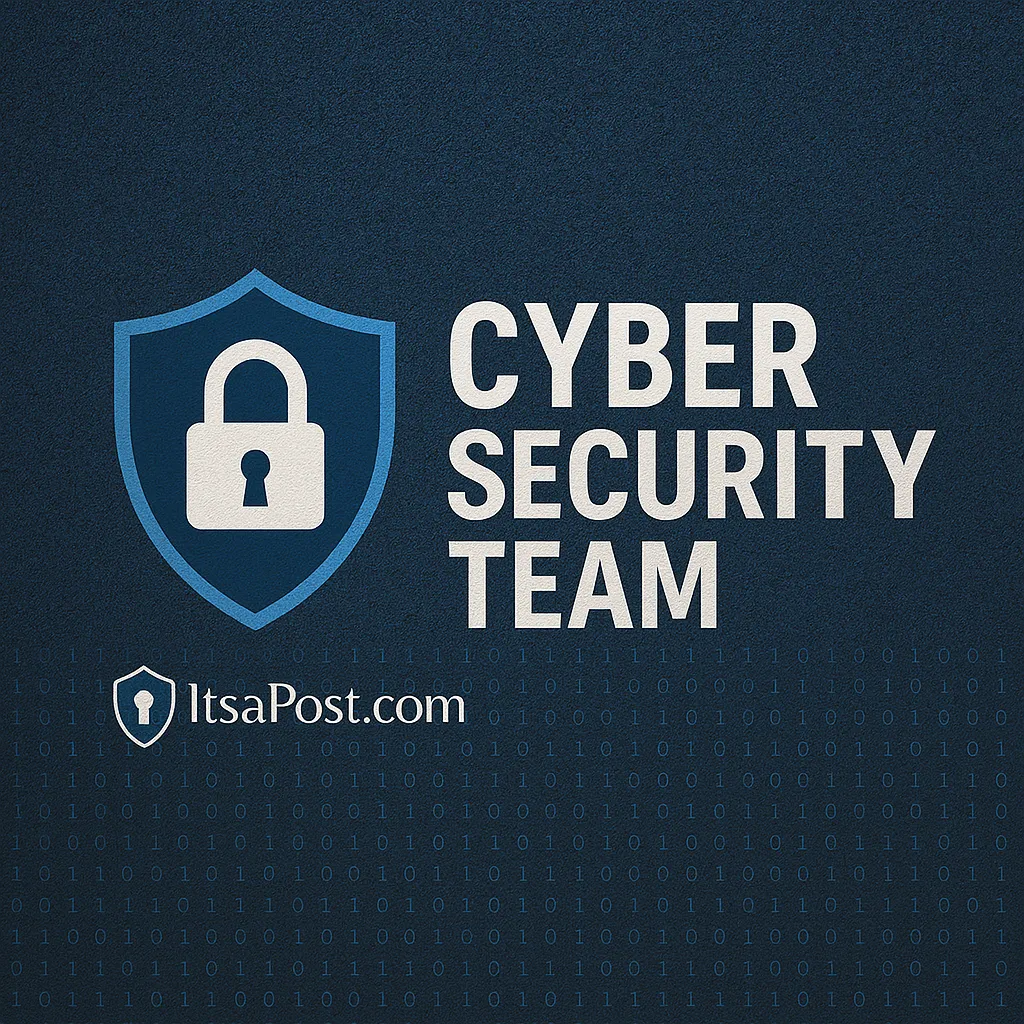Unraveling the Complexity of Supply Chain Attacks in Cybersecurity
In today's interconnected digital ecosystem, the security of software supply chains is more critical than ever. Companies like Apple and Microsoft, known for their robust security measures, have been compromised in what's called a supply-chain attack. But what does that mean, and why should you care? This post explores the fundamentals of supply chain attacks, highlighting recent incidents to illustrate their impact and providing strategies for mitigation.
What is a Supply Chain Attack?
A supply chain attack, or third-party attack, occurs when an attacker infiltrates a system through an external partner or provider that has access to your systems and data. This could be through software vendors, hardware manufacturers, or service providers. The goal is to exploit trust relationships between businesses and their suppliers or partners.
One recent example is the so-called 'dependency confusion' attack, where malicious code is inserted into the official public repositories. Software projects unknowingly download and integrate this malicious code, believing it to be legitimate, thus compromising their systems (source).
Recent Exploits and Incidents
The 'colorama' Package Incident
An alarming incident occurred with top Python developers when a counterfeit 'colorama' package was implanted into a project's dependencies. This intrusion resulted in every project with this dependency downloading a malicious package, thus creating a cascade of vulnerabilities (source).
AI and 'slopsquatting'
The rise of AI in coding tools introduces a new threat to supply chain integrity. AI tools capable of generating code can create fake package names, leading to 'slopsquatting,' where attackers register similarly named packages in an attempt to fool developers into using these malicious packages unknowingly (source).
Understanding and Mitigating Risks
With these risks in mind, organizations can adopt several mitigation tactics. The Software Lifecycle Security Assurance (SLSA) framework is a comprehensive approach that can help. It emphasizes the necessity of verifying the integrity and origin of software packages to prevent insertion of malicious code (source).
Cybersecurity Best Practices
To mitigate these threats, organizations should:
- Continuously monitor and audit software dependencies and updates.
- Implement robust policies for third-party vendor management.
- Conduct rigorous security testing and code analysis.
- Train employees on the latest cybersecurity threats and prevention techniques.
Conclusion
While the digital landscape offers numerous advantages, it also brings significant risks, particularly through supply chain vulnerabilities. Vigilance, proactive prevention strategies, and a robust cybersecurity framework are essential to safeguard against these insidious attacks. By understanding and addressing these threats, organizations can better protect their assets and maintain trust in an increasingly interconnected world.

